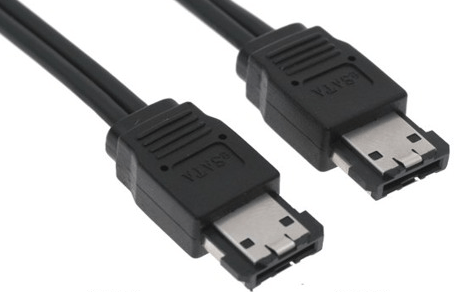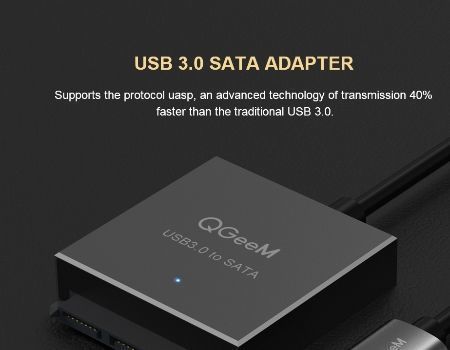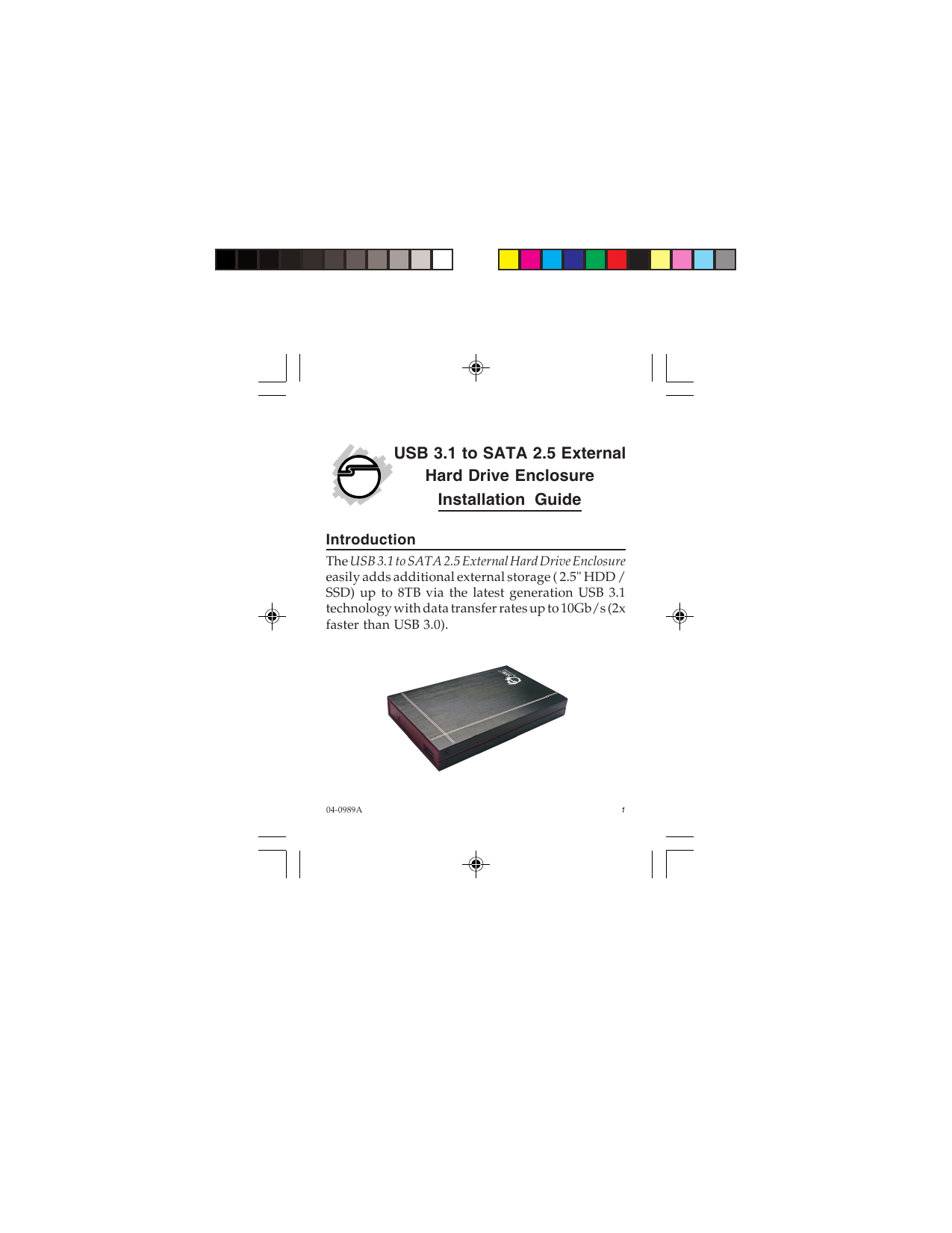
- #USB 3 TRANSFER RATE FASTER THAN SATA INSTALL#
- #USB 3 TRANSFER RATE FASTER THAN SATA SERIAL#
- #USB 3 TRANSFER RATE FASTER THAN SATA FULL#
- #USB 3 TRANSFER RATE FASTER THAN SATA PC#
The old way had the USB controller constantly pinging the device, now the device lets the host know when actions start. Add to this the new support for a new interrupt driven protocol, the device can initiate the transfer, vs the old host based device polling. USB 3.0 is bi-directional allowing information transfers in both directions at the same time. The new Sync-N-Go technology which minimizes user wait time (devices detect and sync faster). USB 3.0 SuperSpeed features a 10 fold improvement in signaling rate that translates to 5 Gbps versus the older 480 Mbps (USB 2.0).
#USB 3 TRANSFER RATE FASTER THAN SATA FULL#
The 3.0 specification boasts amazing performance improvements that will allow consumers and businesses to get more done in less time, while still supplying full backwards compatibility with previous USB versions. These particular USB 3.0 cables feature a Type A Male (Computer/Tablet/Laptop/Hub side) to Type A Female (Device side with Type A Female ended cable). But SATA SSDs also have disadvantages.Introduction:USB 3.0 SuperSpeed extension cables offer the next great leap in data transfer speeds for your devices. A SATA SSD’s speed is not very slow and its price is affordable. Therefore, it can fit various computer drive bays.

SATA SSDs have some variants like mSATA drive and M.2 SATA drive (M.2 SATA drive uses SATA bus and M.2 port). What are the pros and cons of a SATA SSD? Example: SanDisk Extreme SSD, which supports SATA 6Gb/s interface and when connected to SATA 6Gb/s port, can reach up to 550/520MB/s sequential read and sequential write speed rates respectively. However, the maximum speed of the drive will be slower due to the lower speed limitations of the port. What is the maximum speed of a SATA 6gb/s SSD? If either the SSD or the socket is SATA 2, they will run on SATA 2 bus when connected. A SATA 3 SSD can be inserted into a SATA 2 socket and vice versa.
#USB 3 TRANSFER RATE FASTER THAN SATA PC#
In addition, if your PC doesn’t offer SATA 3 port, installing SATA 3 SSD on SATA 2 socket can only make the SSD run on SATA 2 speed.
#USB 3 TRANSFER RATE FASTER THAN SATA INSTALL#
SATA 2 vs SATA 3 HDD SpeedĬan I install a SATA 3 SSD in a SATA 2 socket? But when it comes to SATA 2 vs SATA 3 real speed, I need to explain it according to the storage media. In terms of theoretical SATA 2 vs SATA 3 speed, there is a big gap. What is sata2? What is the difference between SATA 2 vs SATA 3 HDD speed? SATA defines the interface for the connection between the computer’s motherboard and a hard drive, tape drive or other storage device.
#USB 3 TRANSFER RATE FASTER THAN SATA SERIAL#
SATA 2 (sometimes spelled SATA II or SATA 2.0) is a marketing term to describe products that use a revised version of the Serial Advanced Technology Attachment (SATA) standard. The difference, as defined by the official SATA specification, is a lock-in clip to ensure unshaken contact. “SATA II cables,” noting that the two cables were functionally identical the transfer rates are the same between a “SATA III” cable and a “SATA II” cable. Here the bottleneck is NAND technology, which is rapidly advancing, which means we’ll likely see higher speeds soon with NVMe.

NVMe can deliver a sustained read-write speed of 2000MB per second, way faster than the SATA SSD III, which limits at 600MB per second. This means that the storage enclosure should have a USB 3.1 Gen 2 interface at 10Gbps or a Thunderbolt interface to provide sufficient bandwidth. Is SATA III fast?Ī single SSD with a SATA 6Gb/s interface, also known as SATA-III or SATA 3, can deliver speeds of about 500-550MB/s. SATA III is a third generation SATA interface, and it runs at 6.0Gb/s, although the actual bandwidth throughput is up to 600MB/s, due to 8b/10b encoding. SATA II is a second generation SATA interface, and it runs at 3.0 Gb/s, although the actual bandwidth throughput is up to 300MB/s, due to 8b/10b encoding. However, there will be loss of sequential read and write speed rates when a newer SATA interface is hooked up to an older port version. SATA interfaces are backwards compatible, so the SATA II interface will function on SATA I ports, and SATA III interfaces are compatible with both SATA I and SATA II ports. Yes the SSD will work in your computer, SATA 3 drives are backwards compatible with SATA 2 ports. Can I use a SATA 3 SSD on a sata2 motherboard? So, even with a SATA III connection, which limits the speed of SSDs, you’re getting around four times the speed of traditional hard drives.

A solid state drive with a SATA III connection should achieve around 550MB/s read and 520MB/s write speeds, though some will be faster – but will max out at 600MB/s.


 0 kommentar(er)
0 kommentar(er)
